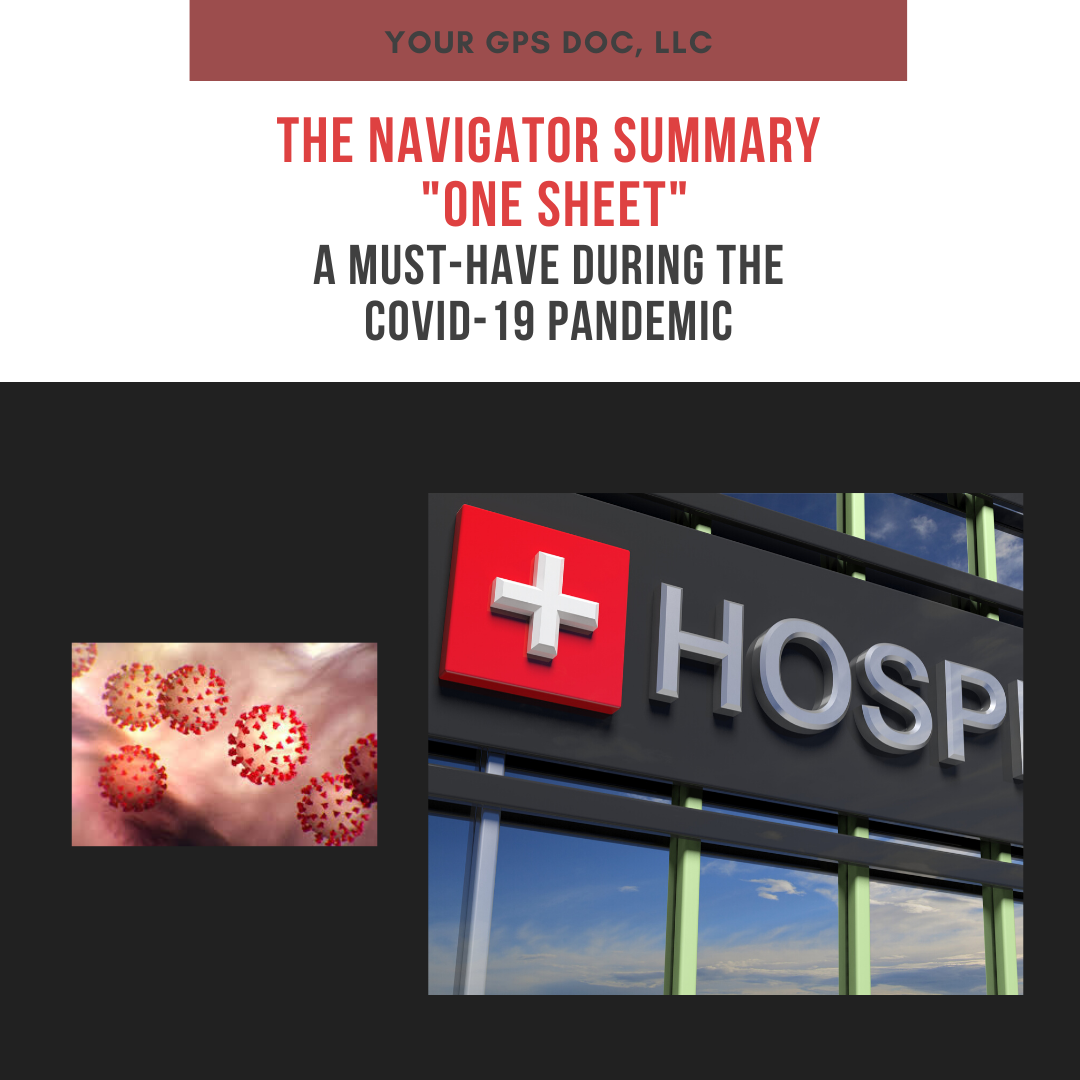I’ve always been the kind of doctor who enjoys engaging in dialogue with patients and families. I encourage them to ask questions about their health and about the recommendations I provide. A thoughtful question will occasionally prompt me to do additional reading or to “curbside” a colleague for input. Doctors are skilled and knowledgeable, but we don’t know everything. Sometimes we are wrong.
As a caregiver to my father and a surrogate caregiver to multiple family members, there were a few occasions when I didn’t fully trust the information being provided by the physicians. As a result, I sought a second opinion. I realize it’s easier for me, a physician, to seek a second opinion. After all, I have friends and colleagues who are physicians, I know how to interpret medical lingo, and I know how to navigate the system to get what I need.
Fear, lack of knowledge, and disempowerment prevent patients from questioning health care providers and will undermine your chances at experiencing optimal health. This article will give you the information you need to get a second opinion for yourself or your loved one when necessary.
Experts estimate that errors in diagnosis occur in 10-15% of cases. The causes for these errors are multifactorial, but this highlights the importance of second opinions. A study published by the Mayo clinic demonstrated that among patients who initiated second opinions, changes to the diagnosis or treatment plan occurred in 10-62% of cases. While many of the changes were minor and primarily involved refinement of the diagnosis, in some instances the second opinion resulted in significant changes to the patient’s diagnosis and/or treatment.
The first thing you need to know is when to seek a second opinion. You will waste a lot of time, energy, and money if you duplicate all of your medical appointments in a search for new or different information.
Consider getting a second opinion under the following circumstances:
- Unclear diagnosis
- Serious or life-threatening diagnosis
- Therapy/Treatment that is toxic, risky, or lifelong
- Experimental treatment
- Grim prognosis
- You’re uncomfortable with the physician
The next thing you need to know is how to seek a second opinion. Often patients have a desire to confirm a diagnosis or to verify that a particular treatment is necessary, but they don’t pursue a second opinion due to fear of offending their primary physician. I encourage you to abandon this fear. Good doctors will welcome your desire to gather additional information, and may even facilitate the process. However, asking your doctor to refer you to someone for a second opinion is not a good idea. The best and most objective second opinion will likely occur outside of your primary physician’s network of friends and colleagues. Doctors who work for the same institution often share institutional practice patterns and beliefs, so you may not get a unique and fresh perspective. Patient advocate experts recommend choosing a physician who practices at a different hospital and perhaps in a surrounding city.
Take the following steps to get a second opinion:
- Respectfully inform your doctor.
There is no reason to keep this a secret. You will need to work with your doctor’s office to request a copy of your medical records. In addition, the second physician may need to discuss your case with your primary physician to clarify details or to request additional information.
- Look for a physician who specializes in the management of your condition.
You can obtain a list of physicians on your insurance company’s website, by speaking to a customer service representative for your insurance provider, or by performing an Internet search. Choose physicians with experience (10+ years in practice) in that field. Someone who has performed research in that area may provide an added benefit. Consider getting a referral from friends or family members who have the same medical condition.
- Request copies of ALL of your medical records related to this condition.
This includes all laboratory studies, results of radiologic tests (Xrays, CT scans, etc.), and notes from your office visits. Most offices will charge for copies, so be prepared for this cost. Keep a copy of your records for yourself and be sure to bring a copy to your appointment. The physician providing the second opinion may request your records prior to the appointment so that they have time for a thorough review.
- Review your health insurance plan to determine out-of-pocket expenses.
Insurance companies vary in how they cover these visits. If you have an HMO, you will need a referral from your primary care physician. You will likely be responsible for the entire bill if you see a provider who is out of network. If you have a PPO, you will not need a referral and can see whomever you want, but you will be responsible for a larger portion of the bill if the physician is out of network. If you have a rare diagnosis or there are no in-network providers or institutions that can provide the treatment you need, advocate for yourself and request to be billed as if the provider was in-network.
- Schedule the appointment.
When you call to schedule the appointment inform the front desk that you are seeking a second opinion. This will ensure that you are given a longer appointment time (it should be at least 30 minutes), giving the physician adequate time to review/discuss your records, obtain a history and perform a physical examination.
- Communicate clearly and express your concerns.
This is your opportunity to have a second physician hear your concerns and answer your questions. Collect your thoughts prior to the visit and write your questions down to ensure you don’t forget anything.
After you’ve obtained your second opinion, now what should you do?
There are four possible outcomes from your second opinion visit: 1) The second physician agrees completely with the first, 2) The second physician agrees primarily with the first, but offers some refinements or adjustments to the diagnosis or plan, 3) The second physician completely disagrees with the first, 4) The second physician disagrees with elements of the original diagnosis or treatment plan. In all except the first example, there will likely be additional tests recommended and perhaps a completely different treatment regimen. It will be helpful to discuss these recommendations with your primary physician to get his/her input. Ask questions to ensure you understand everything.
After getting a second opinion, the decision regarding how to proceed is yours. It may sound like a daunting task, but second opinions have spared patients from unnecessary surgery and have reversed incorrect cancer diagnoses. Even if the second physician confirms everything, it will give you peace of mind knowing that you have accurate information and that your decisions are sound. An informed patient is an empowered patient.
I’d love to hear from you! Comment regarding your experiences with second opinions and let me know if you have questions.
Have you joined the Your GPS Doc Family? If not, please click here to receive notifications about new content as well as useful worksheets and additional resources only available to Your GPS Doc subscribers.








What an amazing article! And so true. Many doctors are overwhelmed and miss things. My mother’s primary care doctor dismissed some signature symptoms of congestive heart failure as something MUCH less serious. I recognized the symptoms too well and kept telling my mom the doctor missed it, but my mom trusted her doctor. She even called to ask her doctor afterward and her doctor said she absolutely did not have it. In the meantime, my mom’s lungs were filling up with fluid. It wasn’t until she landed in the emergency room that it was confirmed. The hospitalist was baffled at how the PCP missed something so obvious.
Wow, Celeste! That is very scary. I am glad your mom got the correct diagnosis in time. Kudos to you for advocating for her health. Patients and family members HAVE to speak up when something doesn’t feel right.